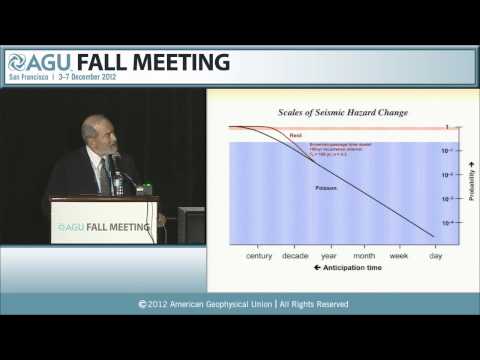Description:
Explore earthquake forecasting as a complex system-science problem in this AGU Fall Meeting Gutenberg Lecture. Delve into the challenges of predicting seismic events and the evolution of probabilistic seismic hazard models. Learn about recent advancements in earthquake system science, including the development of time-dependent probability models and deterministic earthquake simulators. Examine the integration of various constraints on earthquake location, magnitude, and frequency into hazard assessments. Discover how high-performance computational platforms are enabling more accurate physics-based models for ground motion prediction. Investigate the complexities of reconciling long-term stress renewal processes with short-term seismic clustering. Gain insights into outstanding issues in the field, such as data assimilation and rupture directivity forecasting, and their impact on ground motion predictions and overall seismic hazard assessment.

Earthquake Forecasting as a System-Science Problem - Gutenberg Lecture
Add to list